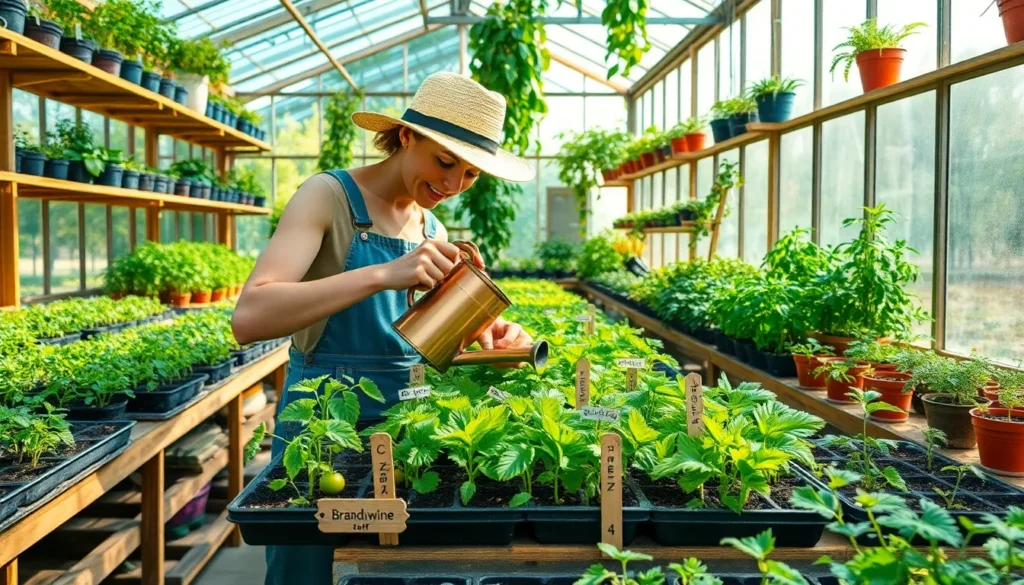Embarking on a greenhouse gardening project is like opening a door to an endless world of growing possibilities. Whether you’re a novice gardener curious about extending your growing season or a seasoned green thumb eager to cultivate exotic plants, a greenhouse can transform your gardening experience into a year-round delight. It offers the perfect environment to nurture plants that might otherwise struggle in your local climate, providing a safe haven where they can thrive regardless of the weather outside.
For beginners, a greenhouse can feel like a magical space where learning and experimentation flourish amidst the greenery. For the more experienced, it offers the opportunity to refine techniques and explore new horticultural challenges, pushing the boundaries of what you can grow. In this article, we will guide you through the essentials of starting your very own greenhouse project, from choosing the right structure to selecting the best plants for your space.
You’ll discover practical advice on managing your greenhouse environment to ensure optimal plant health and productivity. We will also delve into the joys and little-known tricks of greenhouse gardening, empowering you to achieve bountiful harvests and vibrant blooms. So, prepare to roll up your sleeves and immerse yourself in the rewarding world of greenhouse gardening, where your passion for plants can truly flourish.
Select an Ideal Greenhouse Location
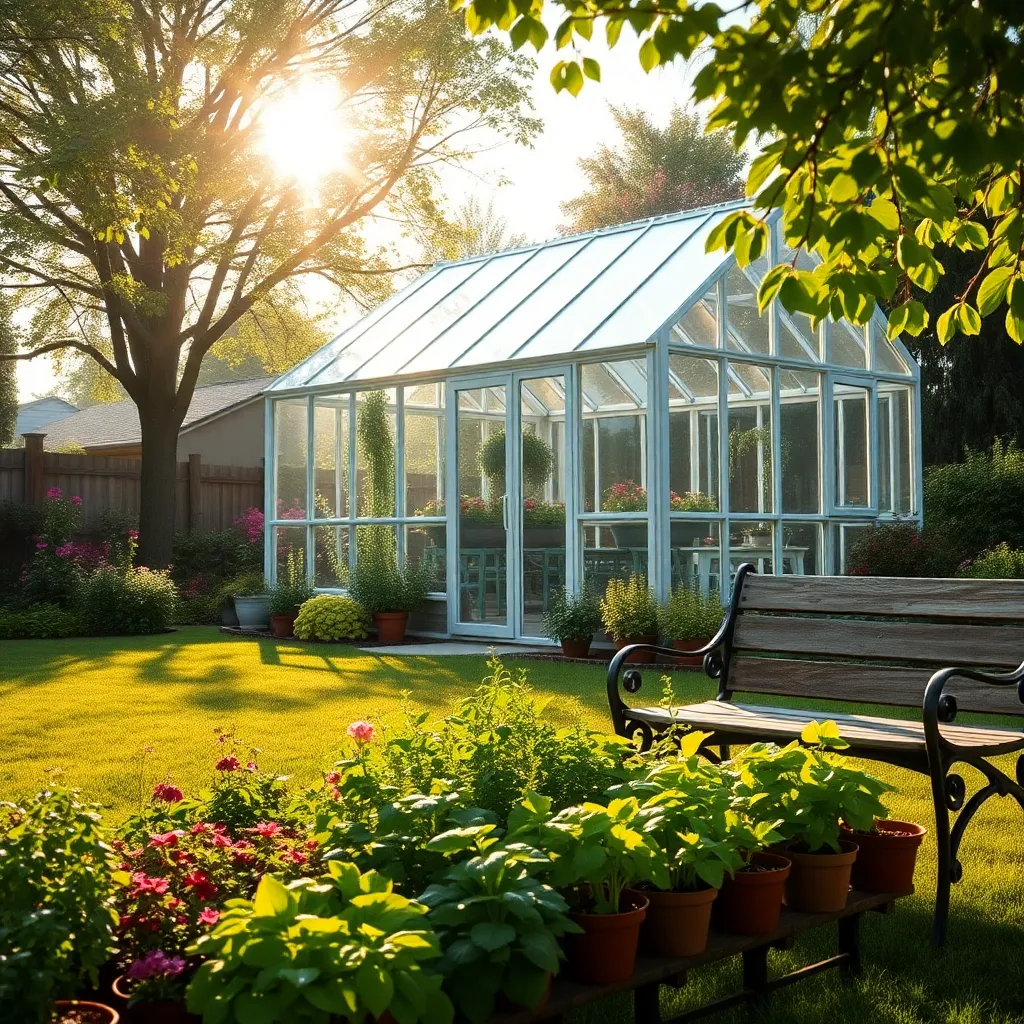
Choosing the right location for your greenhouse is crucial to ensure optimal plant growth. Look for a site that receives at least six hours of sunlight daily, as most plants thrive with ample light exposure.
It’s important to consider the proximity of your greenhouse to water and electricity sources. Having easy access to these utilities can significantly simplify irrigation and temperature control, especially during extreme weather conditions.
Ensure the ground is level and well-drained to prevent water accumulation, which can harm your plants. You might need to prepare the site by adding a layer of gravel or using raised beds, which can improve drainage and soil quality.
For advanced gardeners, installing an automatic ventilation system can help maintain a consistent temperature inside the greenhouse. This is especially beneficial in regions with fluctuating weather patterns, ensuring that your plants remain healthy and productive.
Choose Suitable Greenhouse Materials
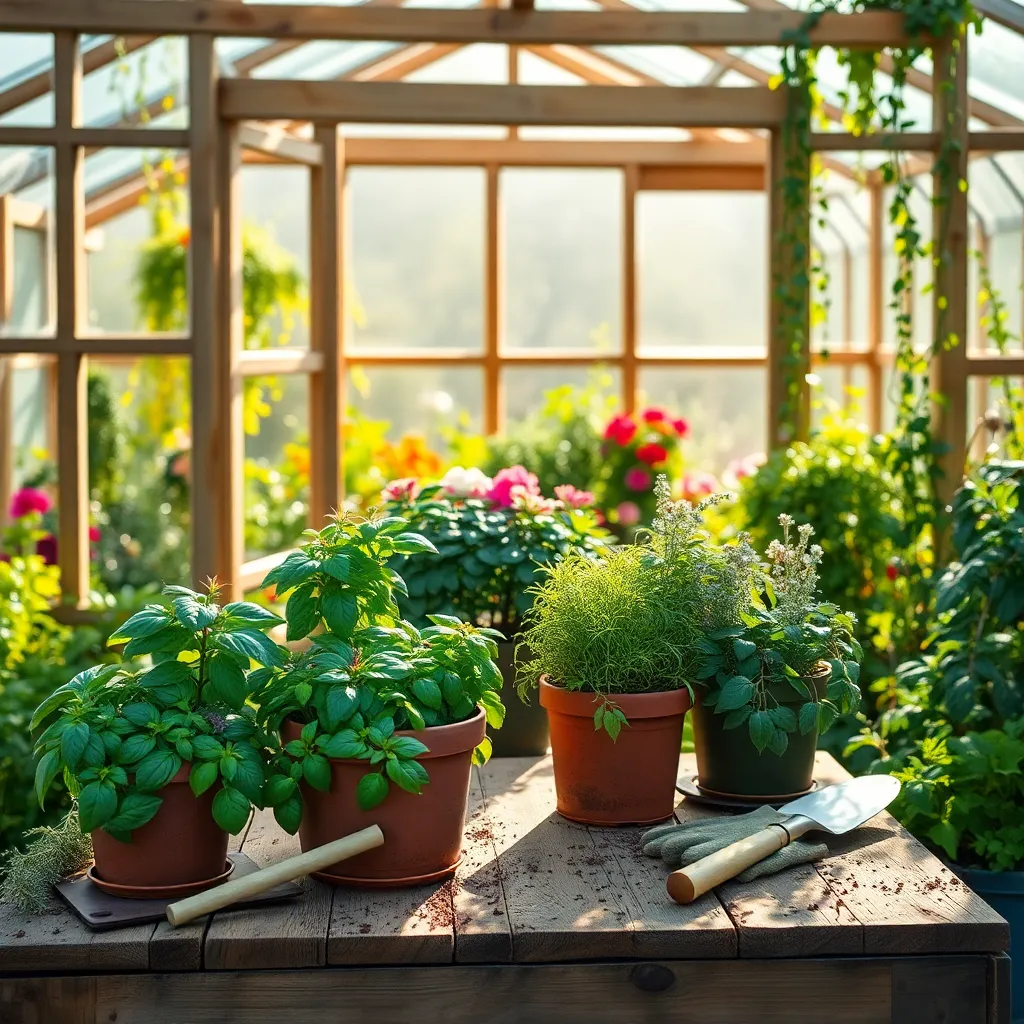
When choosing materials for your greenhouse, consider the balance between durability and cost. Polycarbonate panels are a popular choice due to their strength and excellent light diffusion, making them ideal for both beginners and experienced gardeners.
Another option is glass, which provides the best visibility and is often preferred by professional growers. However, glass is heavier and more expensive, requiring a sturdy frame and careful installation to ensure long-term stability.
For those on a tighter budget, polyethylene film is an economical and versatile choice. It provides adequate insulation and is easy to install, though it may need replacing every few years due to wear and tear.
Remember to select materials that suit your climate and the specific plants you intend to grow. Ventilation and insulation are crucial; well-chosen materials will help maintain optimal temperatures and humidity levels for a successful greenhouse garden.
Install Efficient Ventilation Systems
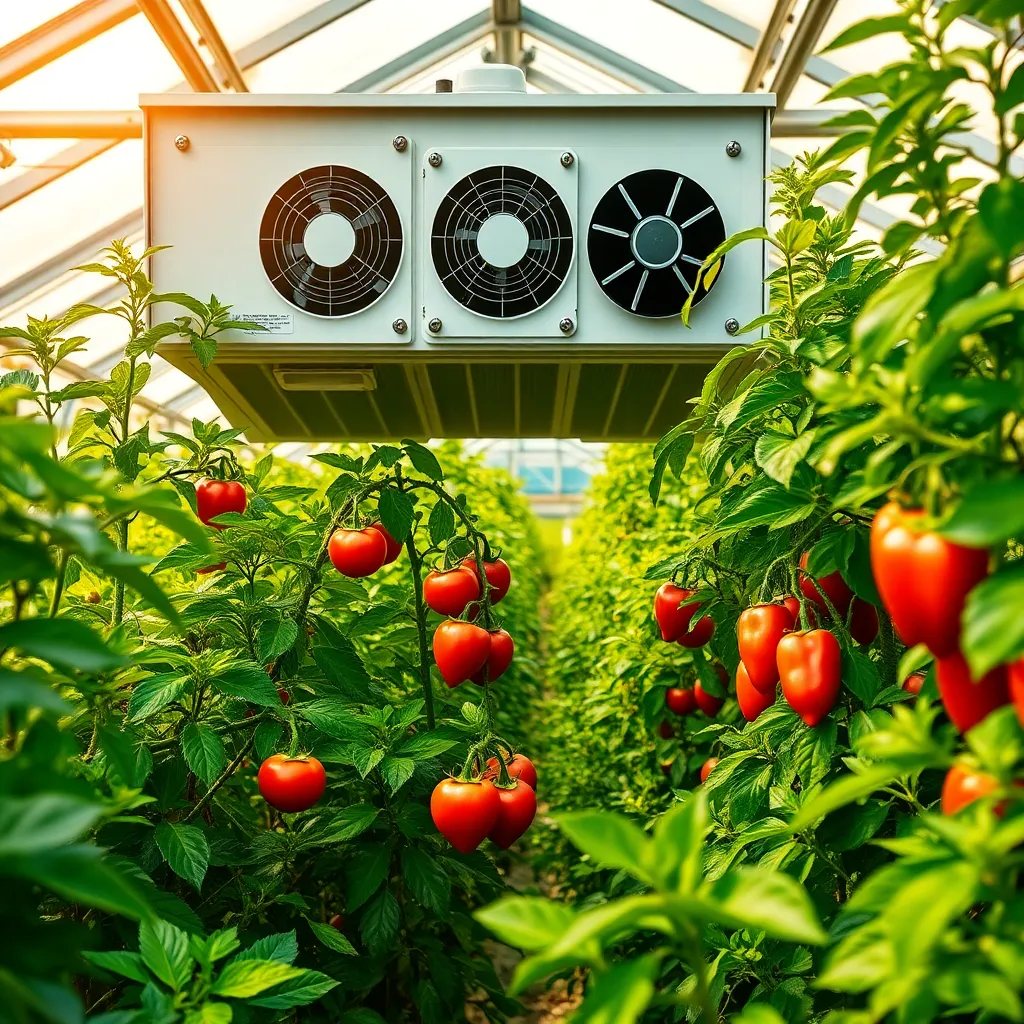
Ventilation is crucial in a greenhouse to regulate temperature and humidity, ensuring a thriving environment for your plants. Without proper airflow, plants can suffer from overheating or excessive moisture, leading to diseases such as mold or mildew.
To start, consider installing roof vents that can be easily opened and closed to control the air exchange. These vents should be positioned at the highest point of your greenhouse to allow warm air to escape efficiently.
Additionally, side vents can be used to introduce fresh air, balancing the internal climate. For optimal results, use a combination of automatic vent openers that react to temperature changes, making it easier to maintain the ideal growing conditions.
Incorporating circulation fans is another effective way to ensure even distribution of air within the greenhouse. Fans help to prevent stagnant air pockets, reducing the risk of plant diseases and promoting healthier growth.
Advanced gardeners might consider integrating a thermostat-controlled ventilation system for precise climate management. This allows you to set specific temperature ranges, ensuring your greenhouse environment supports your plants’ needs year-round.
Plan Diverse Plant Layouts
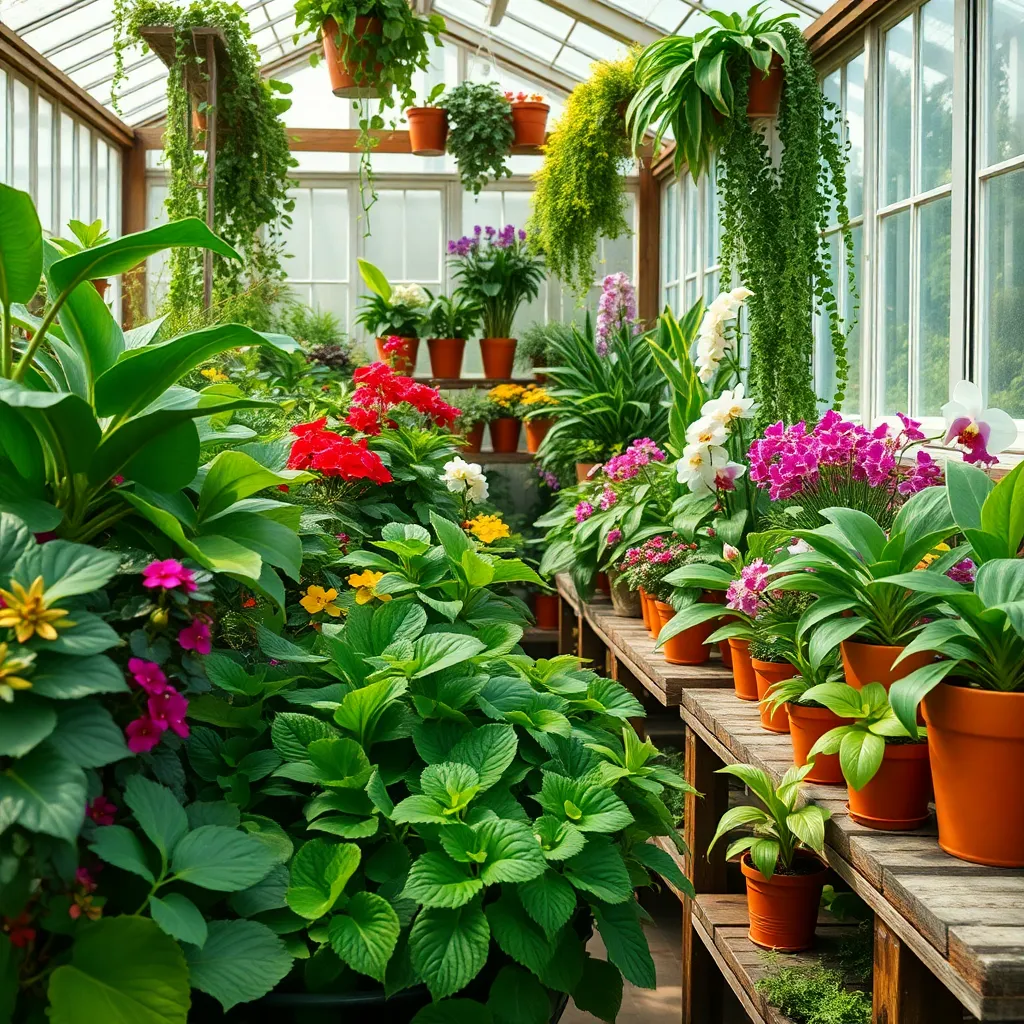
Diverse plant layouts are essential for maximizing the potential of your greenhouse. By incorporating a variety of plants, you can create a more resilient ecosystem that supports healthy growth and reduces pest issues.
Start by selecting plants with complementary growing requirements, such as similar light and water needs. For instance, grouping leafy greens like spinach and lettuce together ensures they thrive in the same conditions, requiring moderate light and consistent moisture.
Consider implementing companion planting techniques to enhance plant health and productivity. Pairing tomatoes with basil, for example, can improve the flavor of tomatoes while repelling harmful insects.
For more advanced gardeners, integrating vertical growing systems can optimize space, allowing for a broader range of plants. Using trellises or shelves, you can grow climbing plants such as cucumbers or beans, leaving more ground space for root vegetables.
Regularly rotate crops within your greenhouse to prevent soil nutrient depletion and reduce disease risks. This technique not only improves soil health but also enhances plant resilience over time.
Finally, maintain a diverse soil composition to support various plant needs. Incorporating organic matter like compost and using different soil types can cater to the specific requirements of each plant group, promoting robust growth and development.
Implement a Watering Schedule
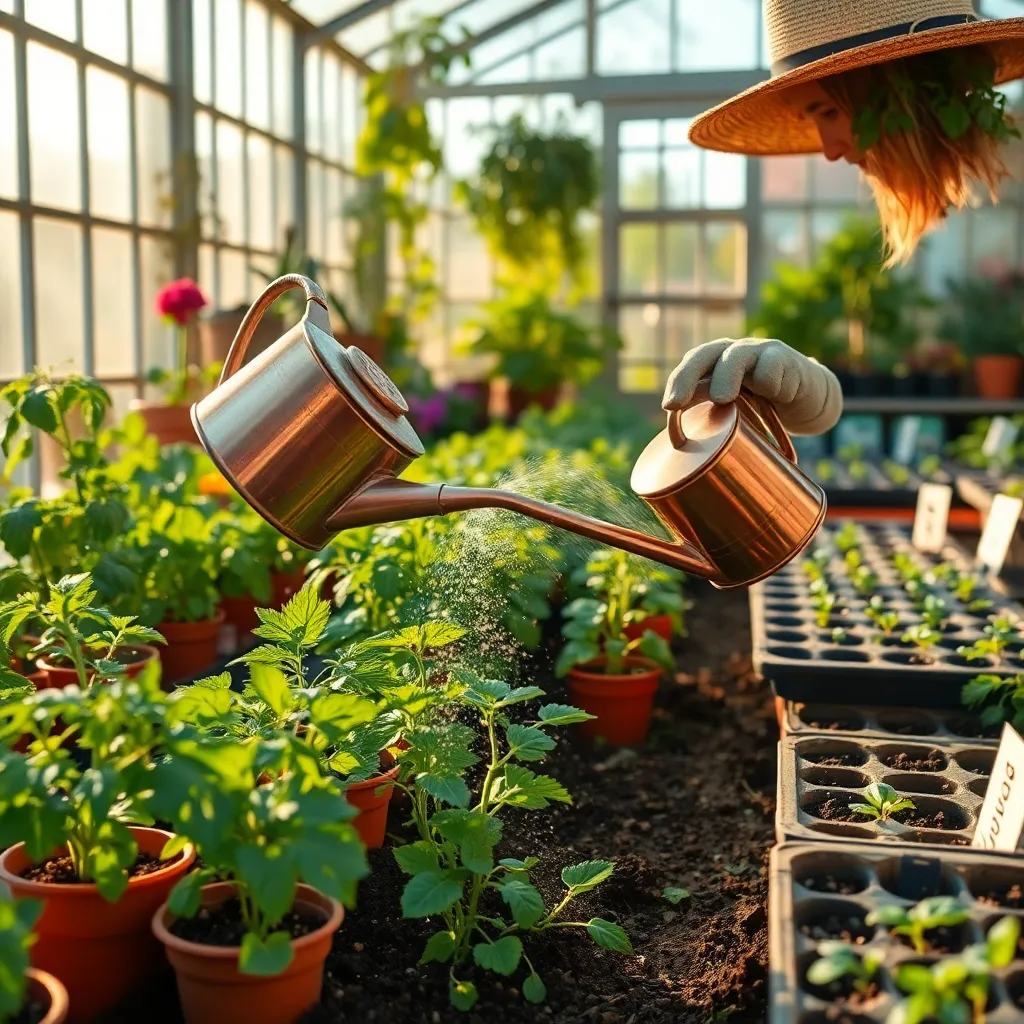
Implementing a watering schedule is crucial for the success of your greenhouse gardening project. Start by understanding the specific water needs of each plant type you’re growing, as different plants have varying requirements.
Consistency is key when it comes to watering. Establish a routine that aligns with the natural growth cycles of your plants, and adjust it based on seasonal changes and plant development stages.
To determine the right frequency, consider factors such as soil type and climate conditions. Sandy soils typically need more frequent watering than clay soils, and hotter climates may require you to water more often.
For a more advanced approach, consider using a drip irrigation system, which efficiently delivers water directly to the plant roots. This method reduces water waste and ensures uniform moisture levels, promoting healthier plant growth.
- Check the soil moisture regularly by sticking your finger about an inch into the soil; water if it feels dry.
- Water early in the morning to minimize evaporation and fungal diseases.
- Adjust your schedule in rainy seasons to prevent overwatering.
Use mulch to help retain soil moisture and reduce the frequency of watering. Mulching also helps maintain a stable temperature in the greenhouse, benefiting plant health.
Conclusion: Growing Success with These Plants
In embarking on a greenhouse gardening project, five key relationship concepts emerge: understanding shared goals, fostering communication, cultivating patience, embracing teamwork, and celebrating growth together. These principles are not just the foundation for a thriving garden but also for nurturing strong, lasting relationships. By setting mutual objectives, couples can align their visions and work collaboratively. Clear communication helps anticipate needs and resolve conflicts before they take root. Patience allows for personal and mutual growth, while teamwork strengthens bonds through shared responsibilities. Finally, celebrating each milestone cultivates gratitude and appreciation for one another’s efforts.
As your immediate next step, consider setting aside time with your partner to discuss a small, achievable greenhouse goal. Whether it’s planting your first seeds or simply planning a visit to a local nursery, taking action together will reinforce these valuable relationship concepts.
Remember, the journey to a flourishing relationship is ongoing, with each step building towards deeper connection and understanding. To ensure this wisdom is always at your fingertips, bookmark this article for future reference. Embrace the path ahead with optimism, knowing that with dedication and love, your relationship can thrive just like your garden.

